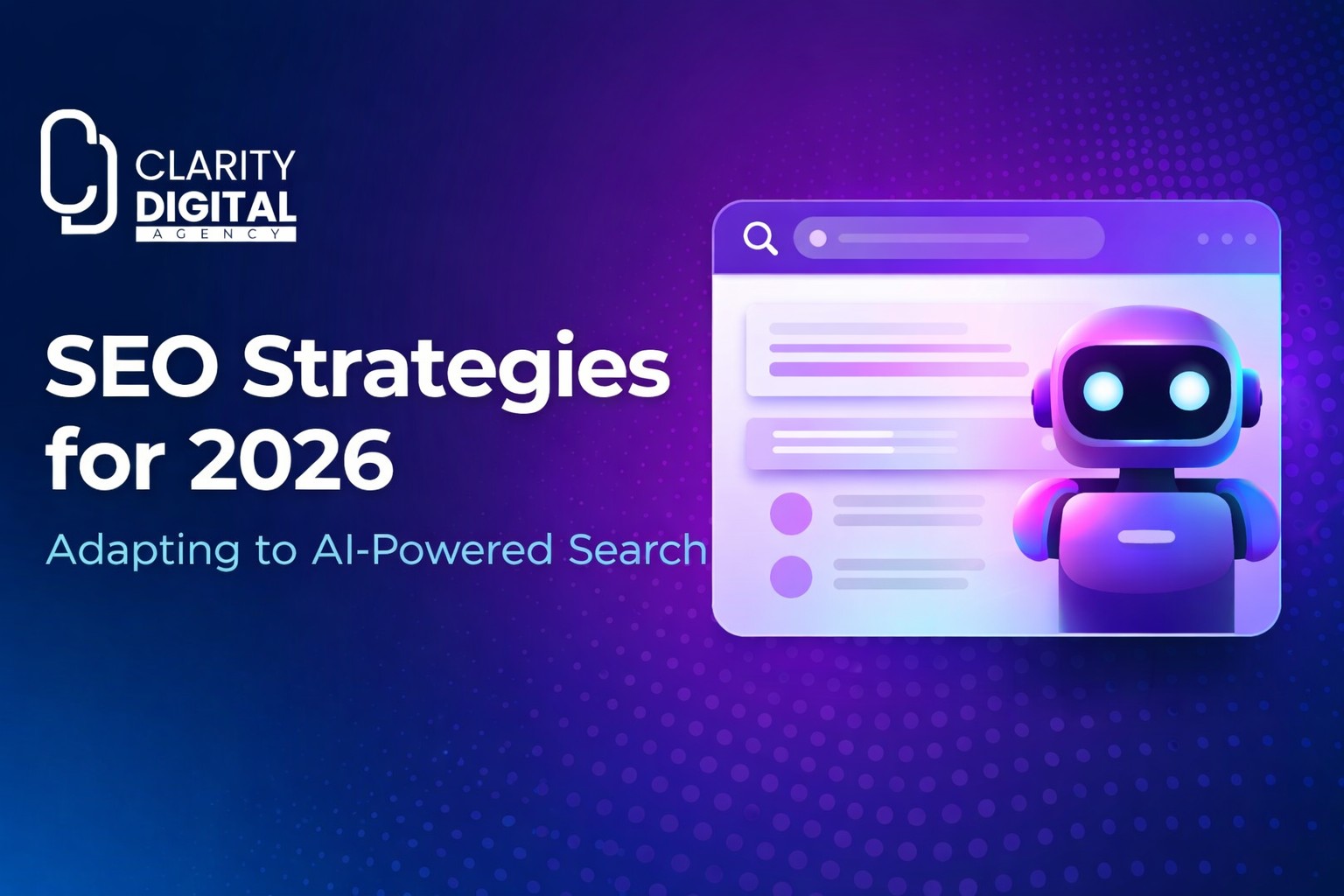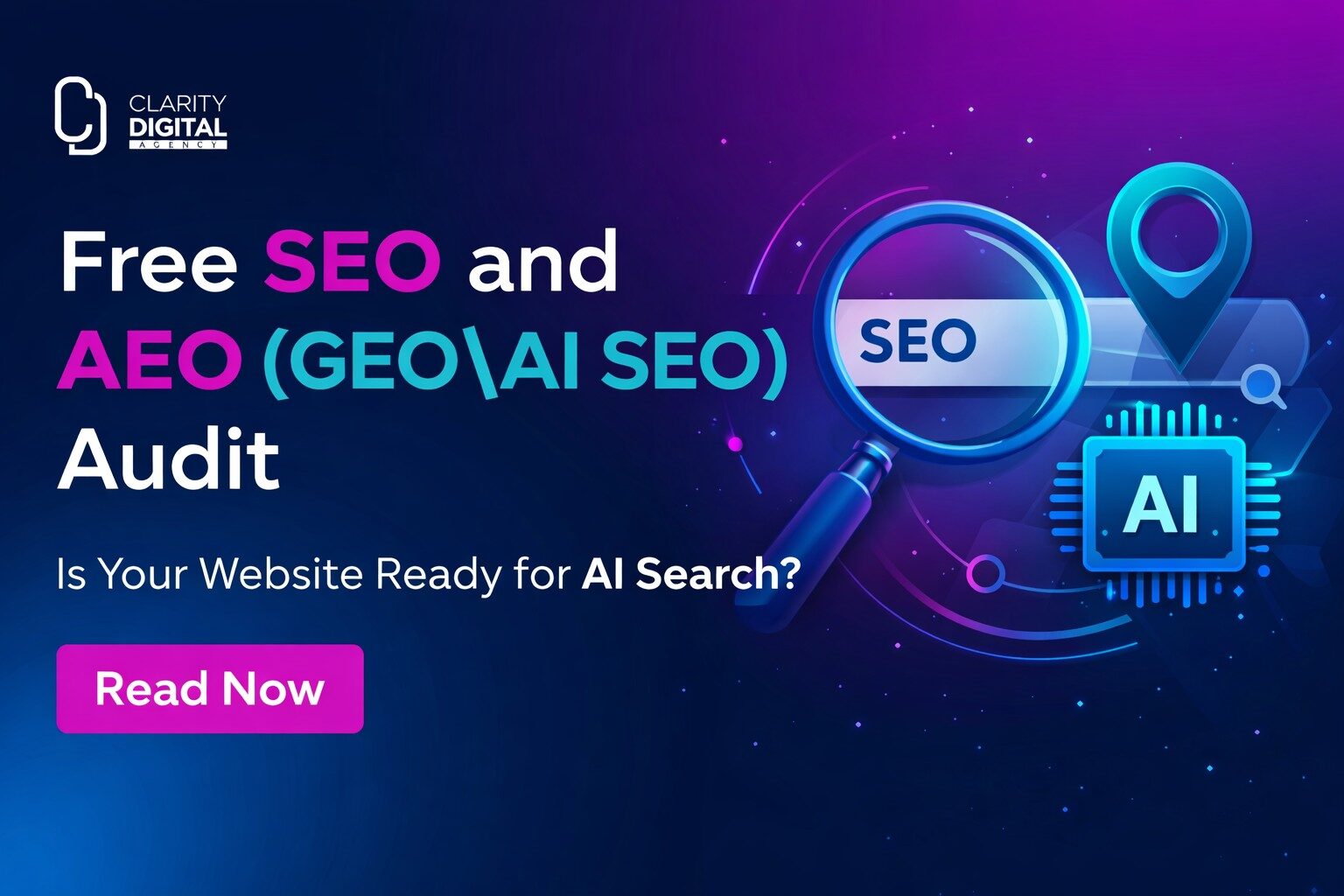We’ve officially crossed into new territory. Search isn’t just about keywords and blue links anymore. As generative AI continues to reshape how people gather information, AI search engines like GPT-Search, Perplexity.ai, Microsoft Copilot, and Claude.ai are becoming real players in the content discovery game. And if you’re still optimizing for search the way we did five years ago—well, you’re optimizing for the wrong algorithm.
This post breaks down what AI search is, how it’s fundamentally different from traditional search engines like Google, and what this shift means for visibility and content strategy going forward.
Traditional Search vs. AI Search: What Changed?
Traditional Search (Google, Bing, etc.)
Legacy search engines rely on crawling, indexing, and ranking web pages based on well-established signals:
- Keyword matching and relevance
- Backlink profiles and domain authority
- Technical SEO metrics like site speed and structure
- Engagement signals such as click-through and bounce rate
The model is straightforward: the user asks, the search engine lists links, the user clicks and consumes content.
AI Search (ChatGPT, Perplexity, Claude, Gemini, etc.)
AI search engines operate differently. They don’t return a list of links—they generate an answer, often drawing from multiple sources in real time.
These systems:
- Synthesize information on demand using a combination of training data, real-time web scraping, APIs, and curated datasets
- Provide answers directly in natural language
- Sometimes include citations (as Perplexity does), but often don’t unless explicitly prompted
This fundamentally changes the experience. You ask. I think. Then it answers.
A Useful Analogy: Librarian vs. Research Assistant
Search engines like Google behave like a librarian—handing you a list of books to read. It’s up to you to sift through the material.
AI search is more like a research assistant. You ask a question, and it reviews the material, summarizes it, and presents a direct response.
And that assistant is improving with every release.
Why This Matters to Marketing and SEO
This isn’t a tweak to Google’s algorithm. It’s a broader change in how people access and engage with information.
Here’s what that means for strategy:
1. Clicks Are No Longer Guaranteed
When users get a full answer from AI, there’s often no need to click through—even if your content was the source. Traffic isn’t the byproduct it used to be.
2. Traditional Ranking Signals Are Diminishing
Domain authority and backlinks haven’t disappeared, but their influence is now inferred rather than directly scored. What matters more is whether your content gets used to inform AI responses.
3. Structure and Clarity Are Now Strategic Advantages
AI favors content that is:
- Clearly written
- Logically structured
- Easy to extract insights from (e.g., through bullet points, subheadings, and direct definitions)
4. Utility Beats Clickbait
Substance wins. If your content provides frameworks, data, or tactical guidance, it’s more likely to be surfaced and reused by AI—even if it doesn’t rank in traditional SERPs.
AI Search in Practice: A Simple Test
To see how this plays out in real life, try this:
- Visit Perplexity.ai
- Ask: “What’s the best marketing strategy for a SaaS startup in 2025?”
- Review the citations.
You’ll likely find:
- A mix of high-authority sites and niche expert content
- Sources that don’t appear on Google’s first page
- Cohesive summaries drawn from multiple sites
This is the new playing field—and many marketers haven’t even realized the rules have changed.
What Gets Cited by AI?
While the algorithms vary, patterns are emerging. AI prefers content that is:
- Well-structured: Headers, bullets, short paragraphs
- Direct: Clear, jargon-free language
- Authoritative: Insights over summaries
- Useful: Data, actionable frameworks, step-by-step processes
The irony? The more your content sounds like AI-generated content—clear, concise, and helpful—the more likely it is to be surfaced by AI.
Don’t Rely on Attribution
Even when your insights are used, they may not be credited. Citations can be vague, paraphrased, or buried. Your brand might not get mentioned at all.
That’s why visibility ≠ traffic anymore.
Instead, brand recognition and thought leadership are becoming essential. You want to be the source AI recognizes—even if it doesn’t always say your name.
Final Thought: AI Search Isn’t Coming—It’s Here
Search has already changed. Generative AI is not a future trend—it’s the current reality. Those who adapt early will benefit the most.
The new model is clear:
- Traditional search gives you links.
- AI search gives you answers.
- You’re not optimizing for crawlers—you’re writing for machines that think.
To stay visible, focus less on where your content ranks, and more on how useful, quotable, and trustworthy it is in the age of AI.





